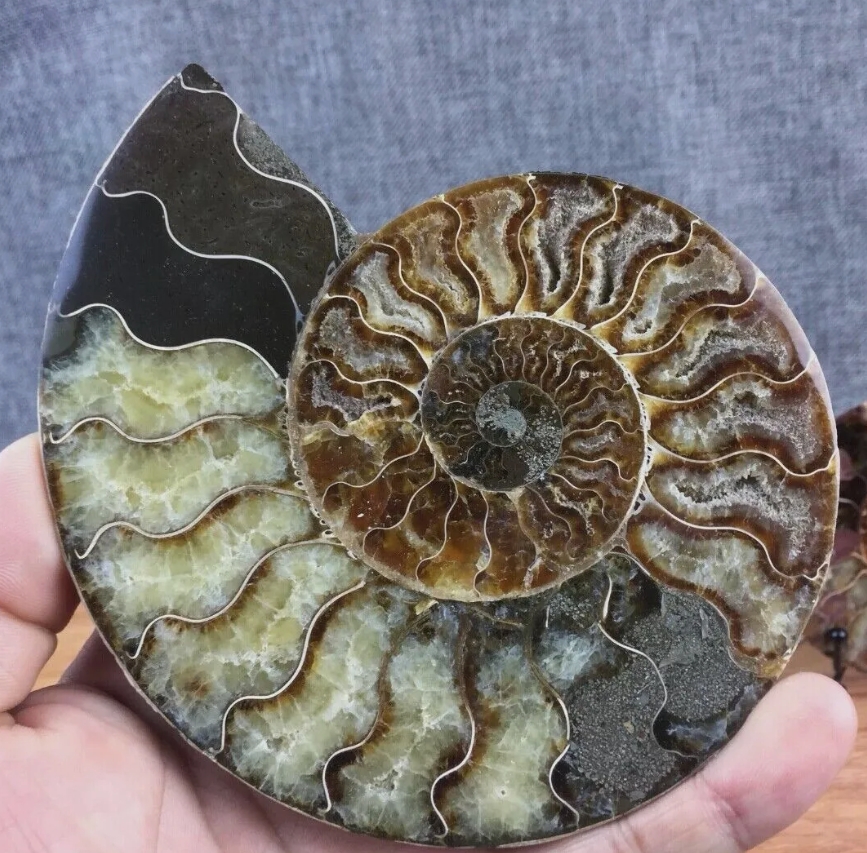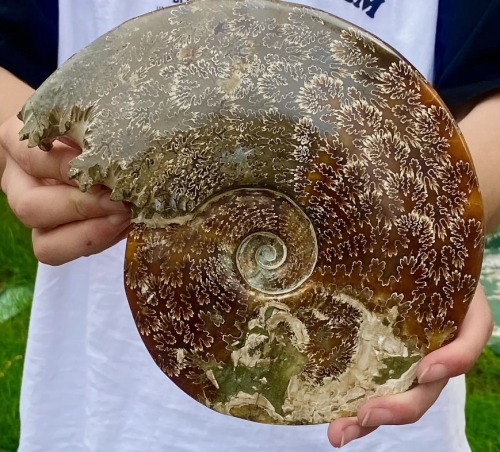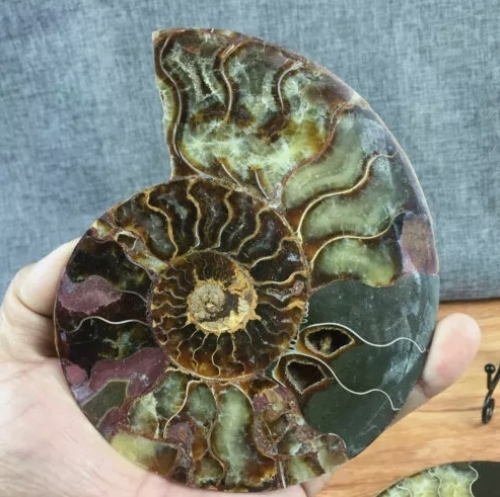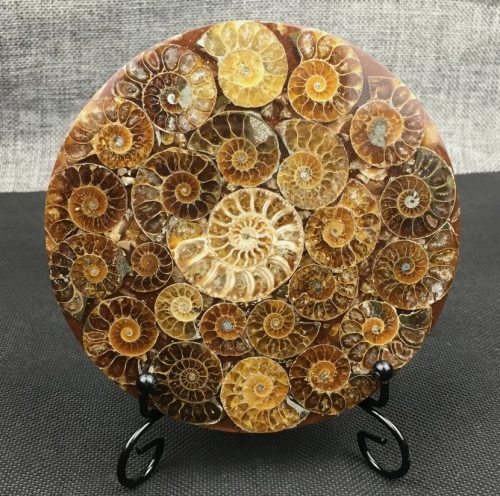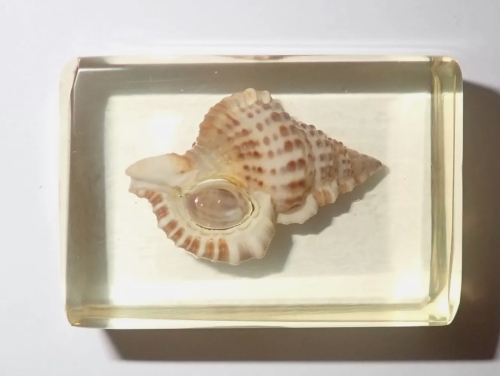Conch specimens are a kind of natural articles with great ornamental value and scientific research significance. They not only show the wonderful craftsmanship of nature, but also reflect the diversity of the ecological environment. Conch belongs to the phylum mollusca, is a spiral-shaped shell creature, with various forms and colorful, giving people visual enjoyment.
The shell of a conch is usually composed of multiple layers of calcareous material, which becomes larger and more complex as the individual grows. The detailed shell pattern and brilliant color often attract the attention of collectors, and some conch shells can also be seen with unique patterns, which not only increase the beauty, but also play a protective role in the evolution process.
In terms of research, conch specimens provide scientists with a wealth of information. For example, the growth rings of sea snails can reveal how their growth rates are related to environmental changes, and by analyzing these growth rings, scientists can infer past climate changes and the evolution of Marine ecology. In addition, different species of conch also differ in habitat selection and feeding habits, which provides a large number of cases for ecological research.
Conch specimens also play an important role in collection and display. Many of the specimens have been carefully treated to retain their original beautiful form and have become valuable objects in museums,schools and private collections. By appreciating conch specimens,people can not only appreciate the wonders of nature,but also inspire their love for Marine ecology and concern for environmental protection.
As a kind of organism, the conch carries rich ecological information and aesthetic value,and the specimen allows this value to be inherited and disseminated. Whether in scientific research,educational popularization or personal appreciation, conch specimens lead people to explore the wider natural world with their unique charm.

